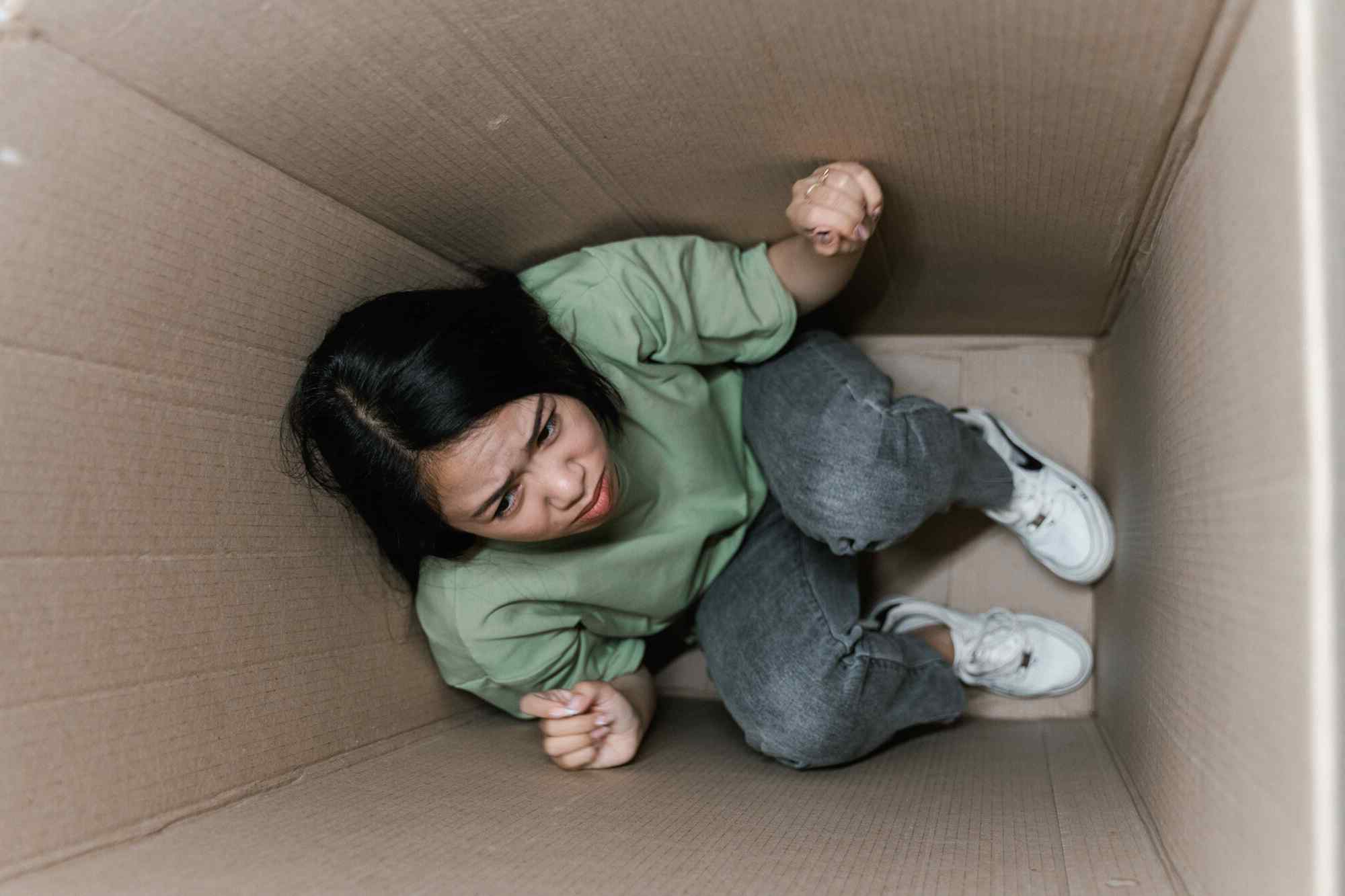
Claustrophobia is a common anxiety disorder that affects many people worldwide. Ever felt your heart race in a crowded elevator or a small, windowless room? That’s claustrophobia at work. This intense fear of confined spaces can make everyday activities challenging. But what exactly triggers this fear? How does it impact daily life? And most importantly, what can be done to manage it? In this blog post, we’ll dive into 15 facts about claustrophobia that will help you understand this condition better. From its symptoms to coping strategies, we’ve got all the information you need to navigate this phobia.
What is Claustrophobia?
Claustrophobia is an intense fear of confined spaces. This fear can trigger anxiety and panic attacks. Understanding this condition helps in managing it better.
-
Claustrophobia is a type of anxiety disorder. It falls under the category of specific phobias, which are irrational fears related to specific objects or situations.
-
Around 5-10% of the global population suffers from claustrophobia. This makes it one of the most common phobias worldwide.
-
Symptoms can include sweating, rapid heartbeat, and shortness of breath. These physical reactions are the body's way of responding to perceived danger.
Causes of Claustrophobia
The origins of claustrophobia can be complex. They often involve a mix of genetic, environmental, and psychological factors.
-
Traumatic experiences in childhood can lead to claustrophobia. For example, getting stuck in a small space or being locked in a room.
-
Genetics play a role. If a close family member has claustrophobia, you are more likely to develop it too.
-
Brain chemistry also influences this phobia. Imbalances in neurotransmitters can make someone more prone to anxiety disorders.
Common Triggers
Certain situations are more likely to trigger claustrophobia. Knowing these can help in avoiding or preparing for them.
-
Elevators are a common trigger. The confined space and lack of control can cause panic.
-
Airplanes can also be problematic. The small seats and inability to leave can make sufferers feel trapped.
-
MRI machines are another trigger. The enclosed space and loud noises can be overwhelming.
Effects on Daily Life
Claustrophobia can significantly impact daily activities. It can limit where you go and what you do.
-
Avoidance behavior is common. People might avoid certain places or situations to prevent anxiety attacks.
-
It can affect work and social life. Fear of confined spaces can limit job opportunities and social interactions.
-
Travel restrictions are another issue. Fear of airplanes or public transport can make travel difficult.
Treatment Options
There are various ways to manage and treat claustrophobia. These methods can help reduce symptoms and improve quality of life.
-
Cognitive-behavioral therapy (CBT) is effective. It helps change negative thought patterns and behaviors.
-
Exposure therapy gradually introduces the person to confined spaces. This helps desensitize them to their fear.
-
Medication can also be used. Anti-anxiety drugs or antidepressants can help manage symptoms.
Understanding claustrophobia is the first step in managing it. With the right treatment, people can lead fulfilling lives despite their fears.
Final Thoughts on Claustrophobia
Claustrophobia affects many people, causing intense fear in confined spaces. Understanding this condition helps those who suffer from it and those around them. Symptoms can range from mild discomfort to severe panic attacks. Knowing the triggers and signs is crucial for managing the condition. Treatment options include therapy, medication, and self-help strategies. Cognitive-behavioral therapy (CBT) is particularly effective. Support from friends and family also plays a significant role in coping. Awareness and empathy can make a big difference. If you or someone you know struggles with claustrophobia, seeking professional help is a good first step. Remember, it's a manageable condition with the right approach. Stay informed, stay supportive, and take action when needed. Claustrophobia doesn't have to control your life. With the right tools and support, you can overcome it.
Was this page helpful?
Our commitment to delivering trustworthy and engaging content is at the heart of what we do. Each fact on our site is contributed by real users like you, bringing a wealth of diverse insights and information. To ensure the highest standards of accuracy and reliability, our dedicated editors meticulously review each submission. This process guarantees that the facts we share are not only fascinating but also credible. Trust in our commitment to quality and authenticity as you explore and learn with us.


